Just 30 kilometers southeast of Rome lies a hidden gem that feels worlds away from the busy streets of Italy’s capital. I discovered the volcanic lakes of the Alban Hills during my last trip to Italy, and they quickly became my favorite escape.
The area around Lake Albano offers stunning natural beauty, peaceful surroundings, and a perfect retreat from the hustle of Rome. It’s also close enough for an easy day trip.
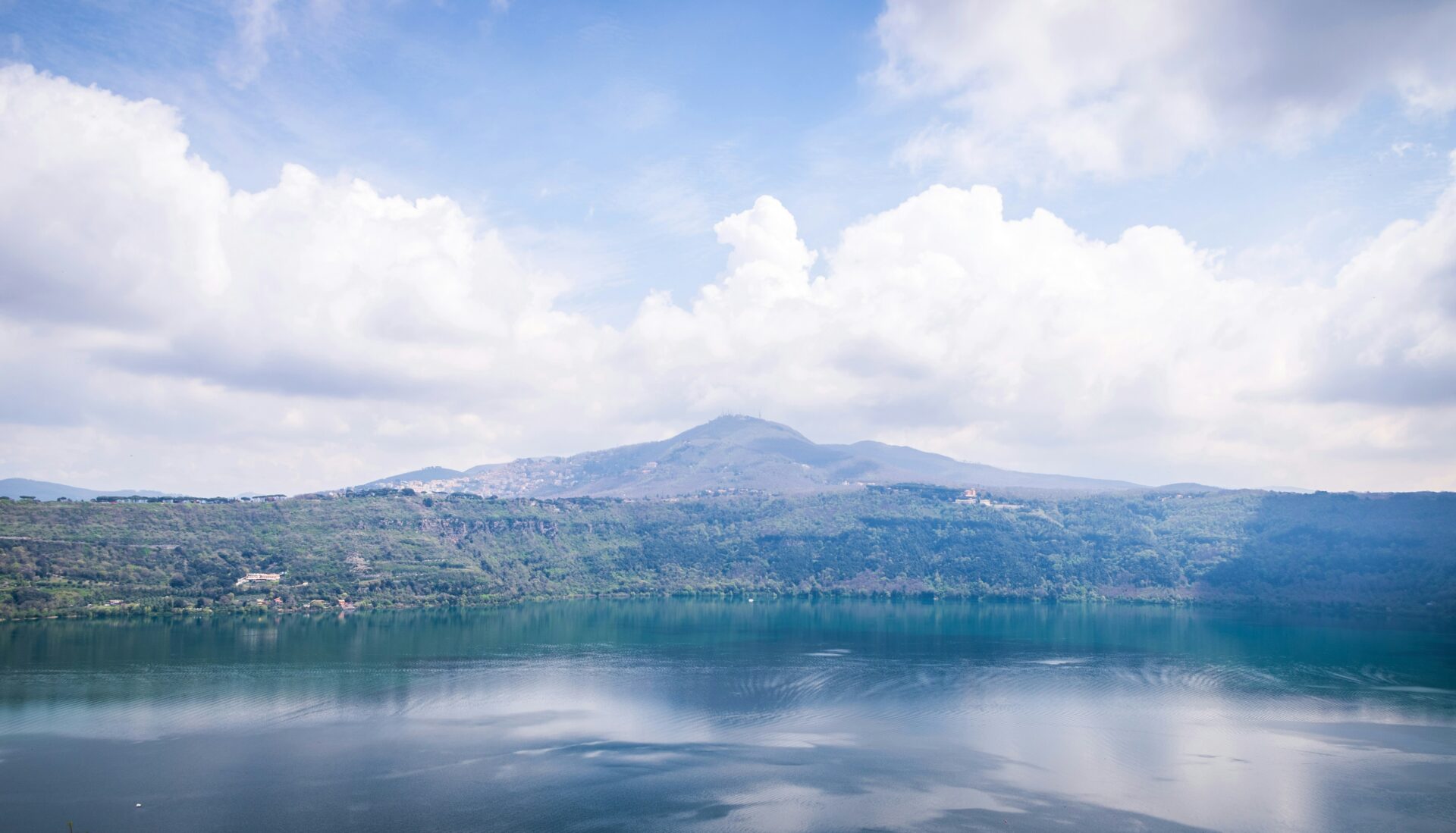
Castel Gandolfo, perched on the rim of an ancient volcanic crater overlooking Lake Albano, captured my heart immediately. This picturesque village is famous as the papal holiday resort, but it offers so much more. The clear blue waters of the lake, formed thousands of years ago when the volcano became inactive, create a peaceful setting that’s hard to resist.
While Lake Albano is the most well-known, the region has other volcanic lakes worth exploring. I spent a peaceful afternoon at tiny Lake Nemi, another crater lake just a short drive away.
The entire Alban Hills area feels like a secret that most tourists miss, with views that stretch across sparkling waters to lush green hills. If you’re looking to add something special to your Rome itinerary, this volcanic retreat should be at the top of your list.
Discover the Allure of Lake Bracciano
Just one hour north of Rome lies a tranquil volcanic jewel that often escapes the attention of international travelers. Lake Bracciano offers a perfect blend of medieval charm, outdoor activities, and peaceful lakeside relaxation.
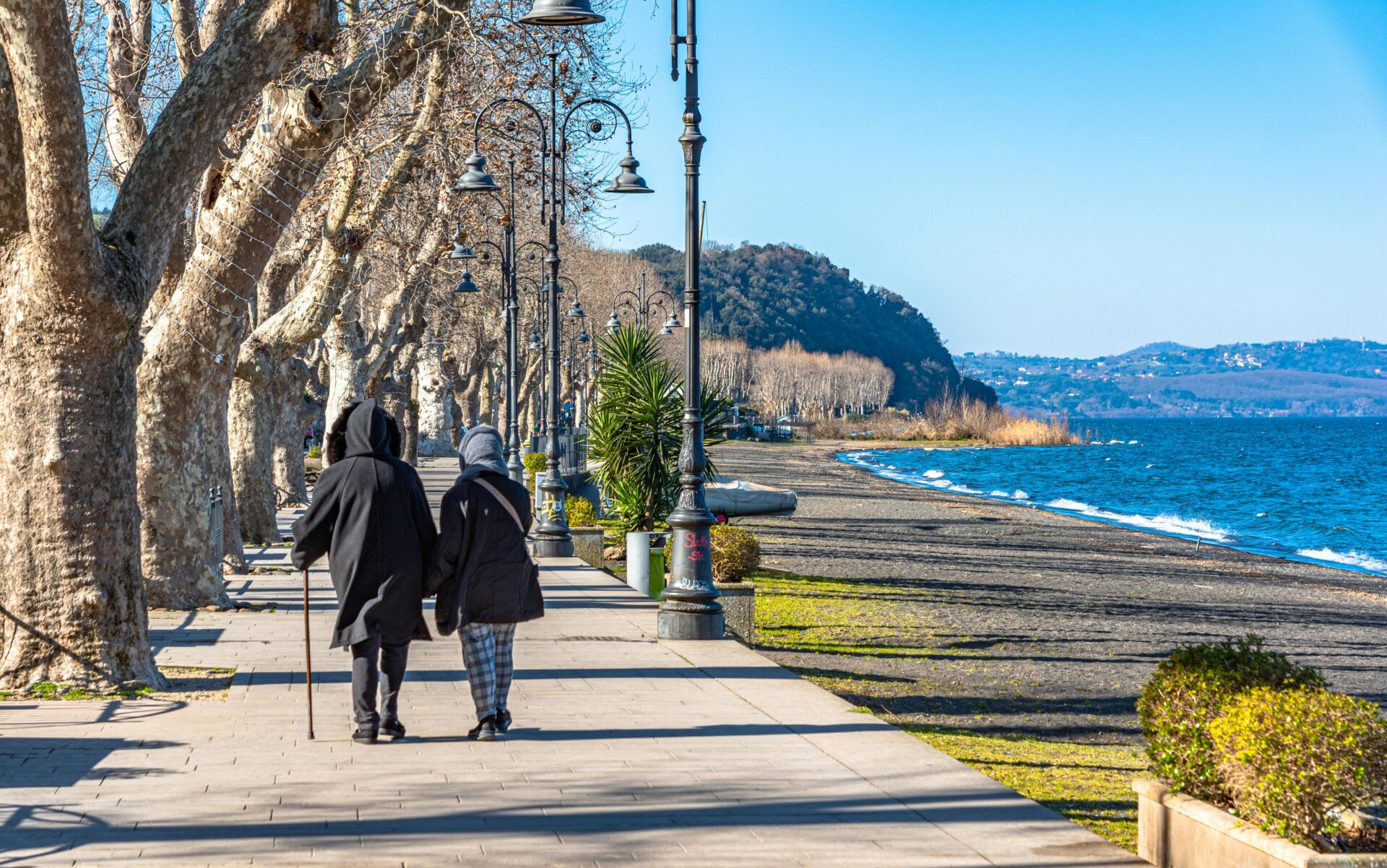
Majestic Castles and Cultural Heritage
The imposing Odescalchi Castle dominates the skyline of Bracciano town, taking my breath away each time I visit. Built in the 15th century, this magnificent fortress now houses a museum filled with Renaissance furniture, ancient weapons, and beautiful frescoes.

What makes this castle special is its strategic position overlooking the crystal-clear waters of Lago di Bracciano. I’ve spent hours wandering through its grand halls and gardens, imagining the lavish events it once hosted – including Tom Cruise’s wedding!
The area’s rich history extends beyond the castle walls. Local churches, town squares, and archaeological sites dot the landscape, each telling stories of the region’s volcanic origins and human settlements dating back to Etruscan times.
A Paradise for Watersport Enthusiasts
The lake’s clean, drinkable water makes it an ideal spot for swimming during summer months. Unlike many Italian beaches, you won’t find rows of umbrellas here – just pristine shorelines and refreshing waters.
Sailing is particularly popular on Lake Bracciano. The consistent afternoon winds create perfect conditions for both beginners and experienced sailors. I’ve rented small sailboats several times and found it a peaceful way to appreciate the lake’s beauty.
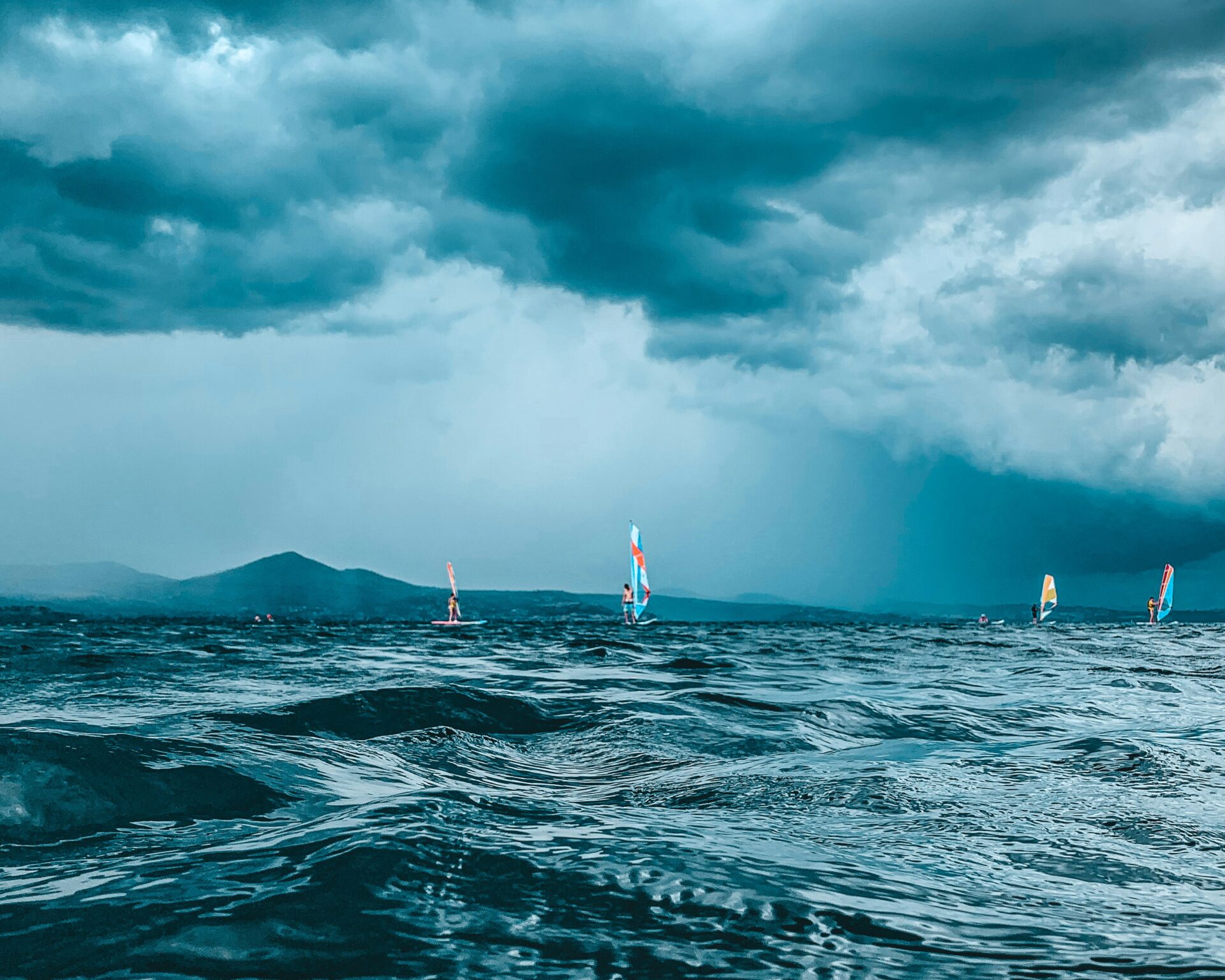
Other water activities include:
- Canoeing and kayaking along the shoreline
- Windsurfing in the afternoon breeze
- Scuba diving to explore underwater features
- Stand-up paddleboarding for a more relaxed experience
The volcanic lake’s protected status means motor boats are restricted, keeping the waters clean and peaceful for swimmers and sailors alike.
Tranquil Towns of Trevignano, Anguillara, and Bracciano
Each town surrounding Lake Bracciano offers its own unique charm. Bracciano itself is built on a hill, with narrow medieval streets leading to stunning lake views.
Anguillara Sabazia captivated me with its peninsula setting and picturesque historic center. The town seems to float on the water, especially when viewed from across the lake. Its relaxed cafes and restaurants make it perfect for long, lazy lunches of local fish and wine.
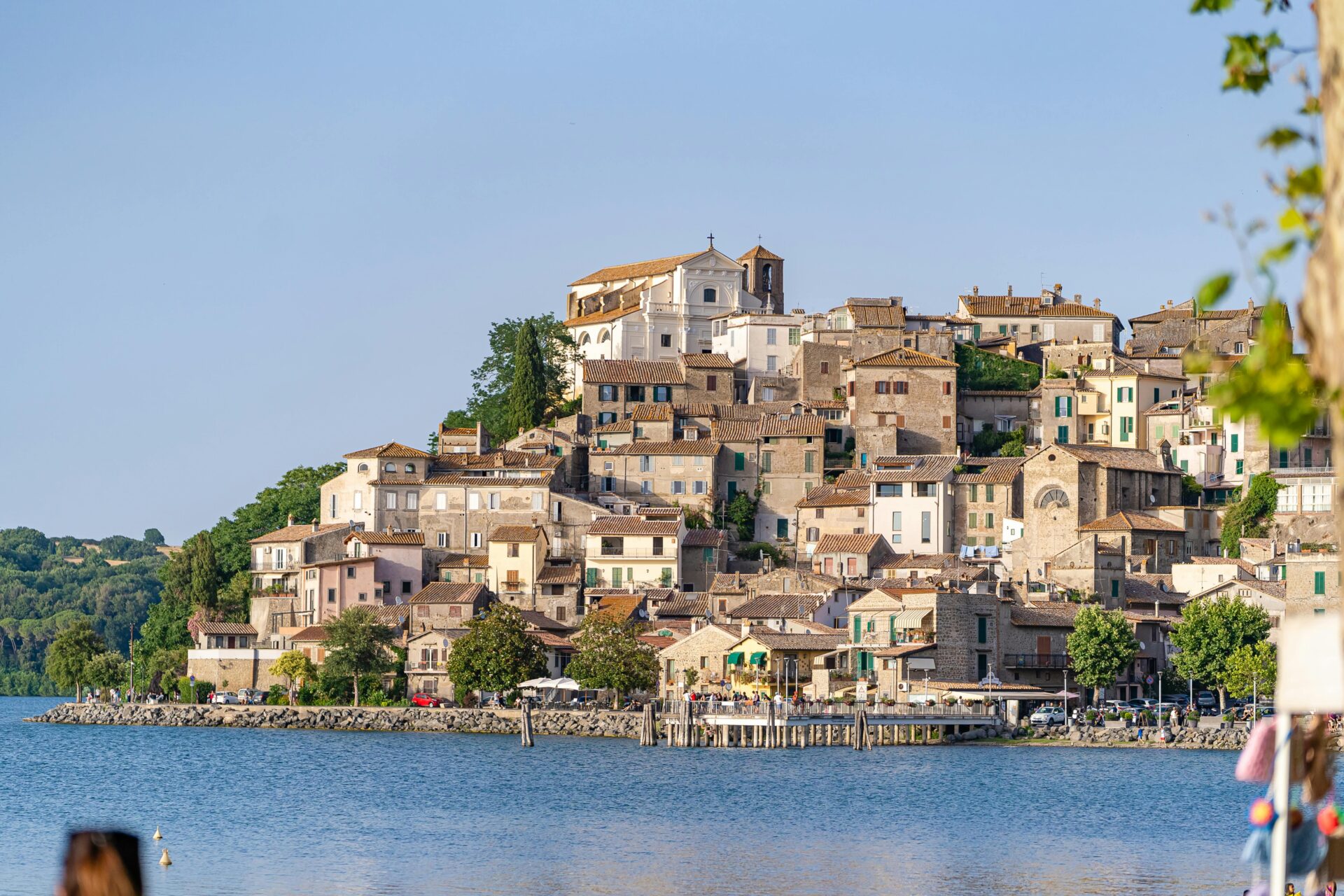
Trevignano Romano, perhaps the most laid-back of the three, features a lovely promenade where I’ve spent many evenings watching the sunset. Its weekly market is worth timing your visit for, offering local produce, cheeses, and crafts.
These towns maintain their authentic Italian character, a welcome contrast to Rome’s tourist crowds. Each offers charming accommodation options, from lakeside B&Bs to renovated historic buildings.
The Papal Splendors of Castel Gandolfo
Perched above Lake Albano, Castel Gandolfo has served as the pope’s summer escape for centuries. This picturesque retreat combines religious significance with natural beauty in a setting once favored by Roman emperors.
The Historic Papal Palace
Walking through the Papal Palace at Castel Gandolfo, I was struck by its elegant simplicity and rich history. Until 2016, this magnificent building served as the pope’s vacation home, a tradition dating back hundreds of years. Now open as a museum, visitors can explore rooms where popes once relaxed away from Vatican City’s formality.
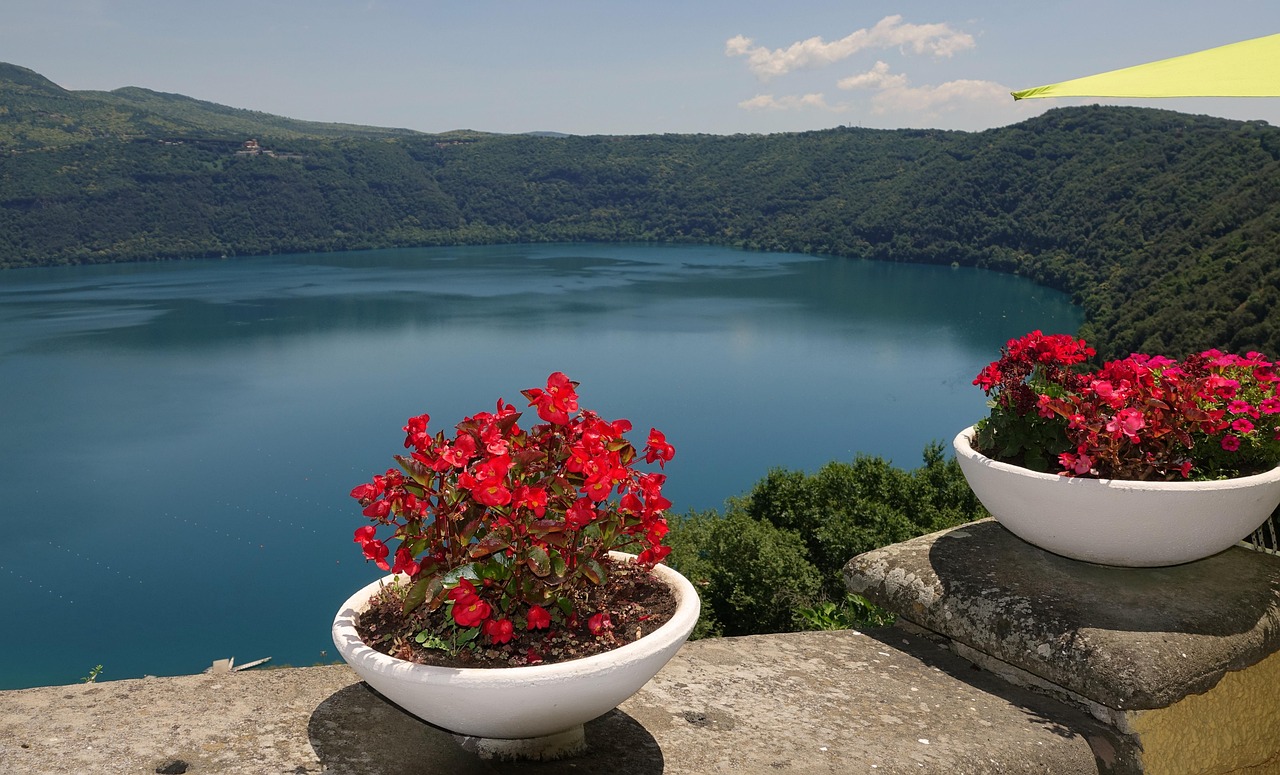
The palace stands on foundations originally built by Roman Emperor Caligula as part of his lavish villa complex. I found it fascinating how the Church transformed this imperial playground into a place of papal rest and reflection.
Inside, the palace showcases remarkable artwork, period furniture, and papal artifacts. Each room tells stories of different pontiffs who sought refuge in this hillside haven. The papal apartments feature stunning views of Lake Albano that have inspired spiritual contemplation for centuries.
Gardens and Scenic Beauty
The breathtaking gardens surrounding the Papal Palace rival the building itself. I spent hours wandering through meticulously maintained pathways lined with ancient trees and colorful flower beds. These gardens blend Italian Renaissance design with natural beauty in perfect harmony.
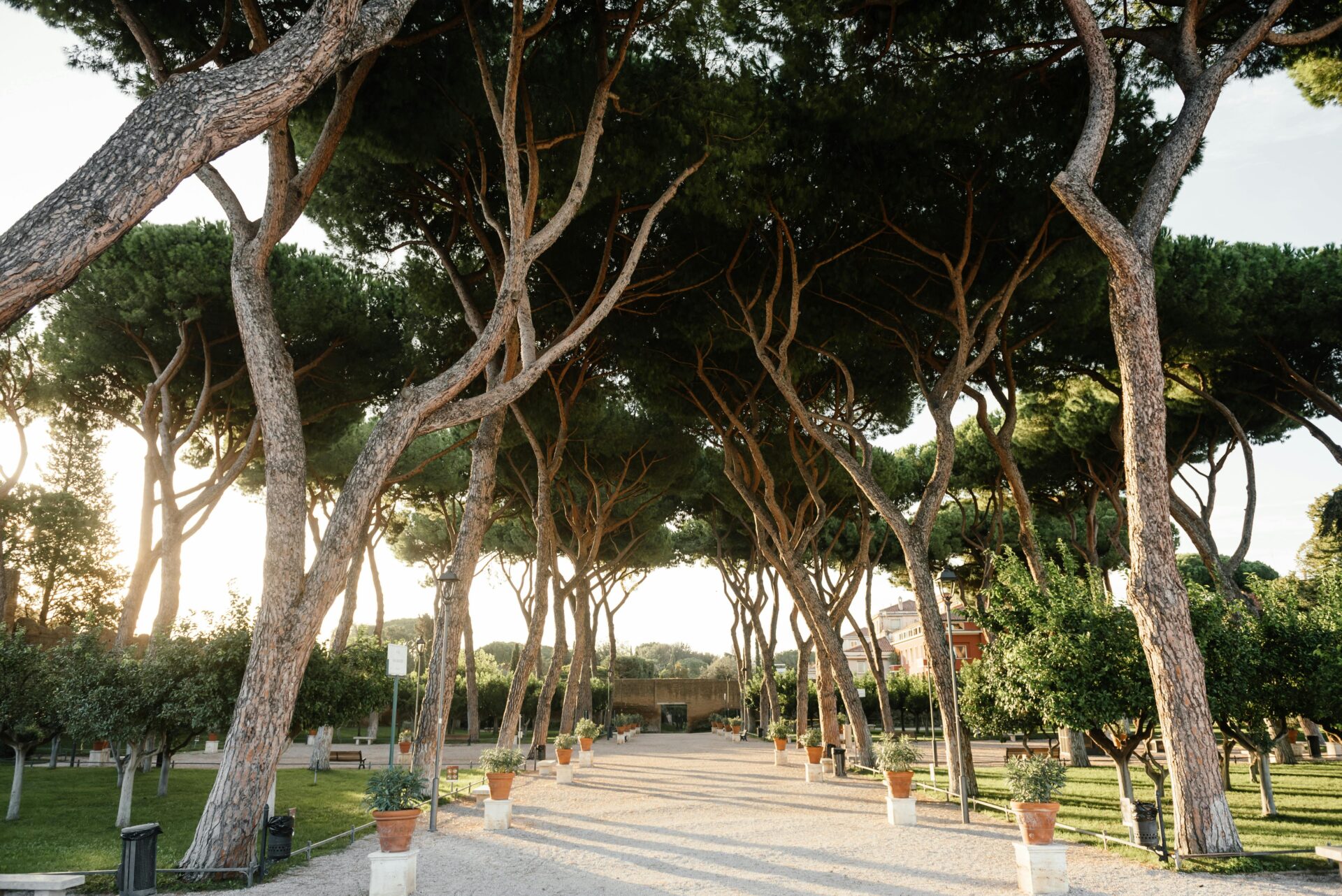
From several vantage points in the garden, I enjoyed panoramic views of Lake Albano below. The lake fills an ancient volcanic crater, creating a perfect blue mirror that reflects the surrounding hills. On clear days, the water’s shimmer against the crater walls creates a mesmerizing effect.
The gardens’ strategic position along the volcanic rim offers unparalleled vistas that have captivated visitors for centuries. I found peaceful spots where I could sit and absorb the same tranquil atmosphere that attracted popes seeking respite from Rome’s hustle.
Hiking Amidst the Alban Hills
The ancient volcanic terrain of the Alban Hills offers some of the most spectacular hiking experiences just 20 kilometers from Rome. These dormant volcanoes create a mystical landscape of crater lakes and rugged trails that have attracted nature lovers for centuries.
From Lake Albano to Monte Cavo
I began my trek at the shimmering Lake Albano, a volcanic crater lake that serves as the perfect starting point for exploring the Colli Albani. The trail winds through olive groves and gradually climbs toward Monte Cavo, offering breathtaking views of Rome in the distance.
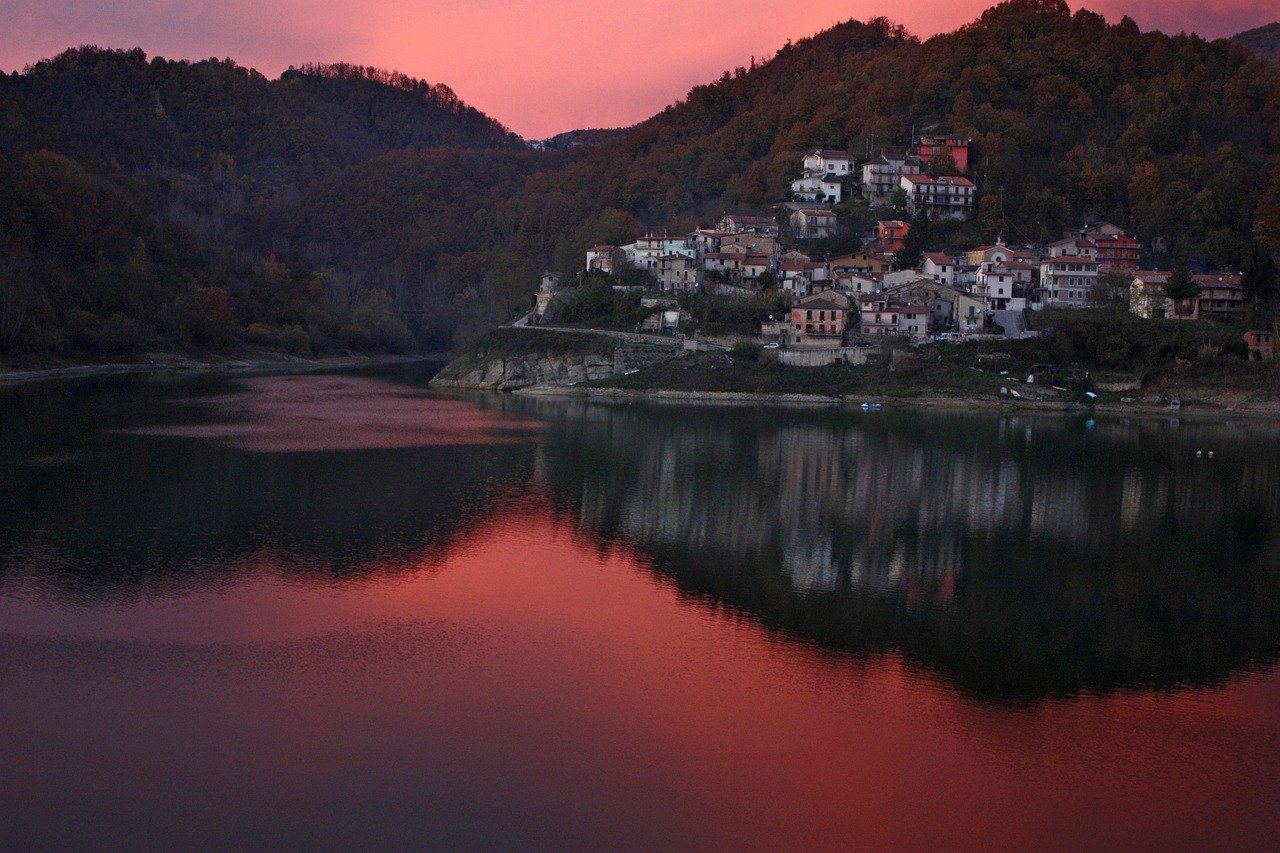
This popular route takes about 4 hours to complete, covering roughly 8 miles with a vertical climb of about 1,600 feet. The path is well-marked but challenging in spots, so proper hiking boots are essential.
I discovered that early morning starts work best, especially in spring when wildflowers carpet the hillsides. Many hikers stop at the ancient stone path known as Via Sacra, which Roman generals once traveled for celebratory processions.
Flora and Fauna of Colli Albani
The biodiversity of the Alban Hills surprised me at every turn. Chestnut and oak forests dominate the landscape, creating a cool canopy even during warm summer days. In spring, the hillsides burst with colorful wildflowers and aromatic herbs.
Wildlife spotting becomes part of the adventure here. I’ve encountered foxes, badgers, and numerous bird species including buzzards and woodpeckers. The volcanic soil creates unique growing conditions for plants that are rare elsewhere in the region.

Monte Venere offers one of the richest botanical experiences in the area. This smaller peak features Mediterranean scrub vegetation and panoramic views of Lake Nemi, the smaller of the two volcanic lakes.
The changing seasons transform the hills dramatically. Autumn brings golden foliage and mushroom hunting, while winter offers crisp, clear days with spectacular visibility toward Rome and the Mediterranean.
The Hidden Gems of Lazio’s Volcanic Crater Lakes
Just outside Rome lies a landscape dotted with stunning volcanic lakes, each with its own character and charm. These crater lakes formed thousands of years ago, creating peaceful havens that remain surprisingly uncrowded compared to Italy’s more famous destinations.
The Mystique of Lake Nemi
Lake Nemi captured my heart the moment I saw its sapphire waters nestled in a volcanic crater. This small jewel sits just 20 kilometers southeast of Rome in the Alban Hills, making it perfect for a day trip.
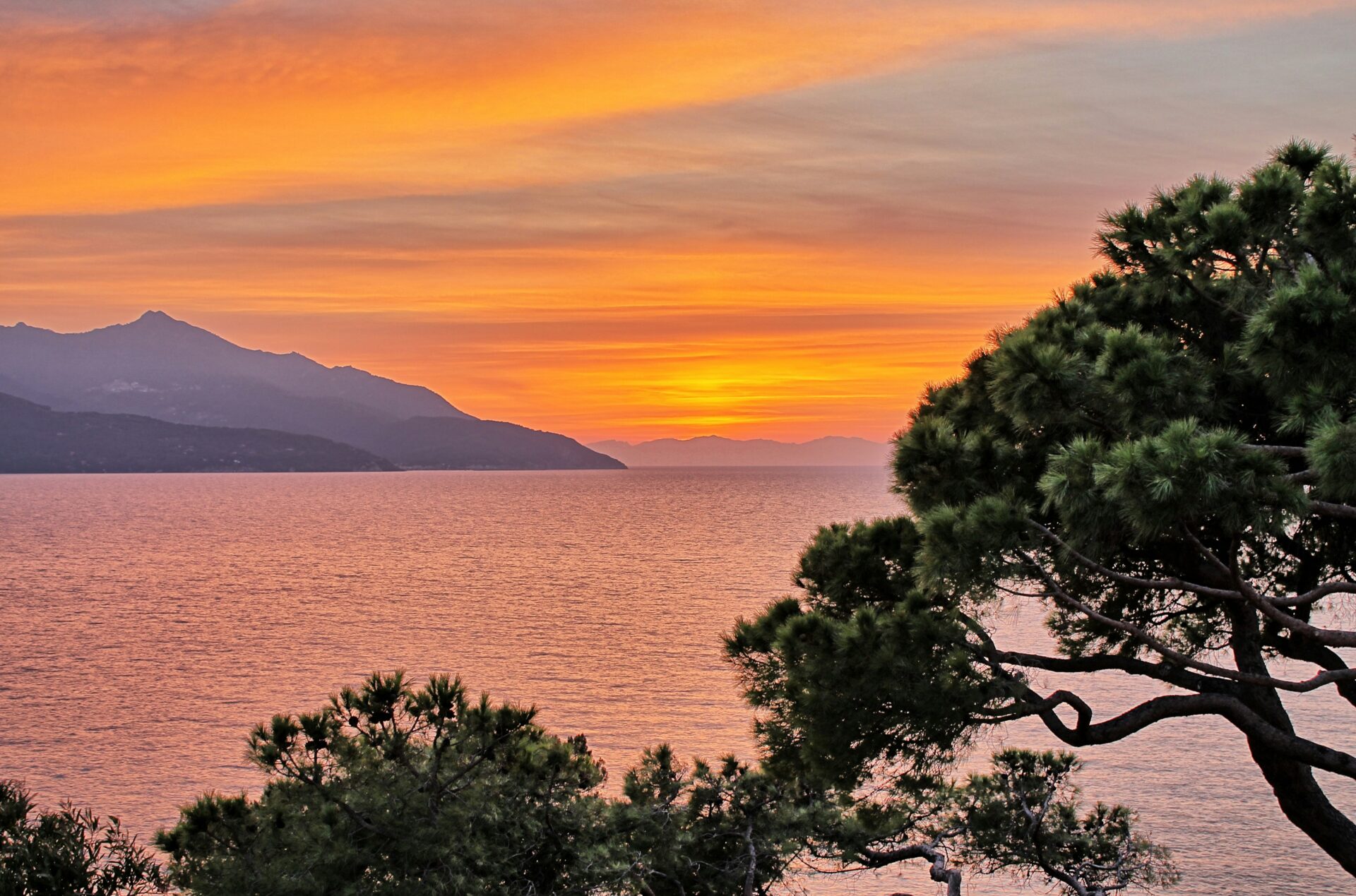
The lake has a fascinating history tied to ancient Roman emperor Caligula, who once had massive pleasure ships built here. I found the Museum of Roman Ships along the shore particularly interesting, though the tranquil atmosphere is the real draw.
Walking the perimeter path offers stunning views of the crater walls rising around you. The surrounding villages are known for their strawberry festivals in spring, when the tiny, sweet fragoline di bosco are celebrated with local dishes and wine.
Tranquility at Lake Martignano
I discovered Lake Martignano (Lago di Martignano) almost by accident while exploring the countryside northwest of Rome. This hidden gem sits close to the larger Lake Bracciano but receives a fraction of the visitors.
What makes Martignano special is its peaceful atmosphere. No motorboats are allowed on the water, creating a serene environment perfect for swimming or paddleboarding. The lake’s clean, clear waters reflect the surrounding hills like a mirror.
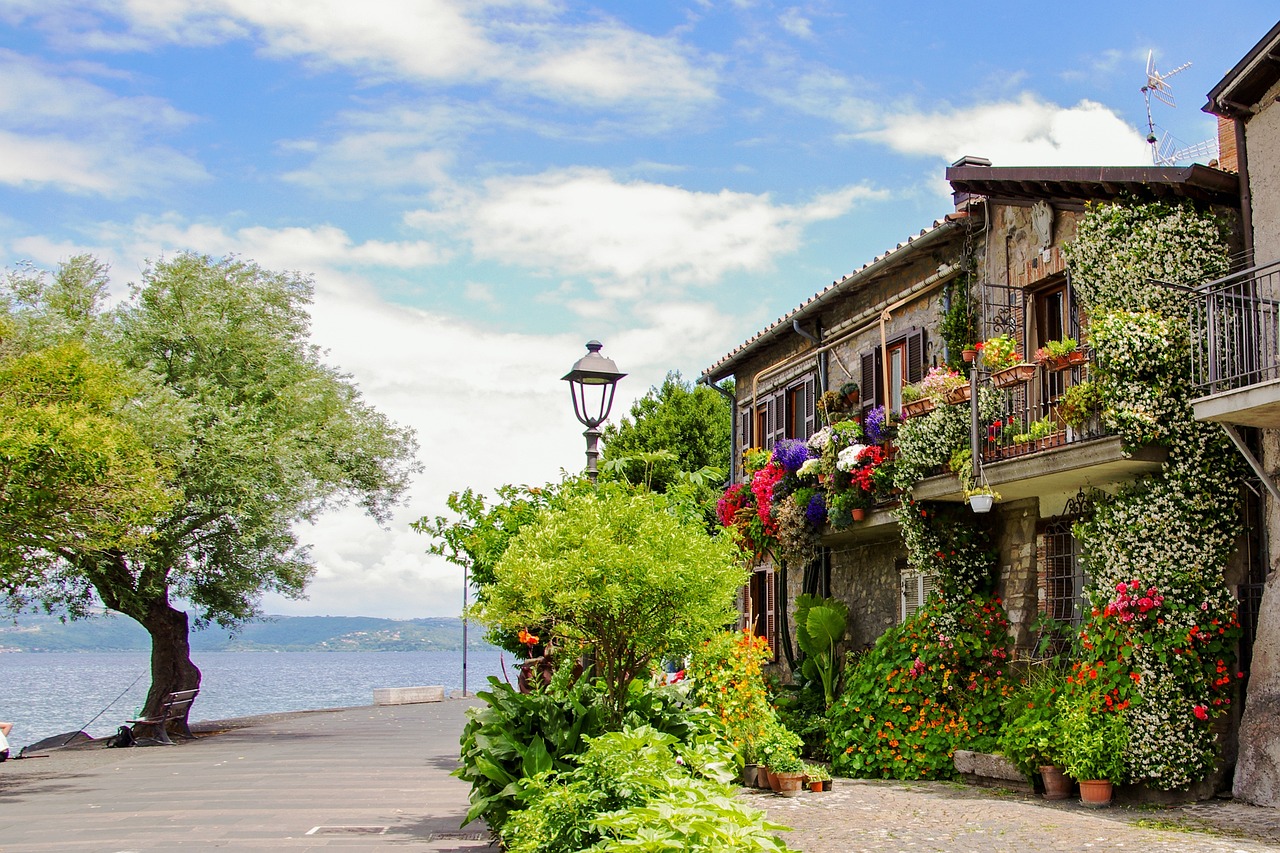
The grassy shores provide ideal picnic spots, and several small beaches offer easy water access. I recommend renting a canoe to fully appreciate the unspoiled beauty from the water’s surface. The lake’s relatively unknown status means you’ll often have large stretches of shoreline to yourself.
The Vastness of Lake Bolsena
Lake Bolsena amazed me with its sheer size – it’s the largest volcanic lake in Europe! Located about 100 kilometers north of Rome in northern Lazio, this immense body of water offers a completely different experience from its smaller cousins.

The lake formed in the caldera of the Vulsini volcanic complex and features two islands that are accessible by boat. Bisentina and Martana islands each have their own intriguing histories and make for fascinating excursions.
The black volcanic beaches around Bolsena provide a unique swimming experience. I found the medieval town of Bolsena itself absolutely charming, with narrow streets leading up from the lakeshore to a impressive fortress.
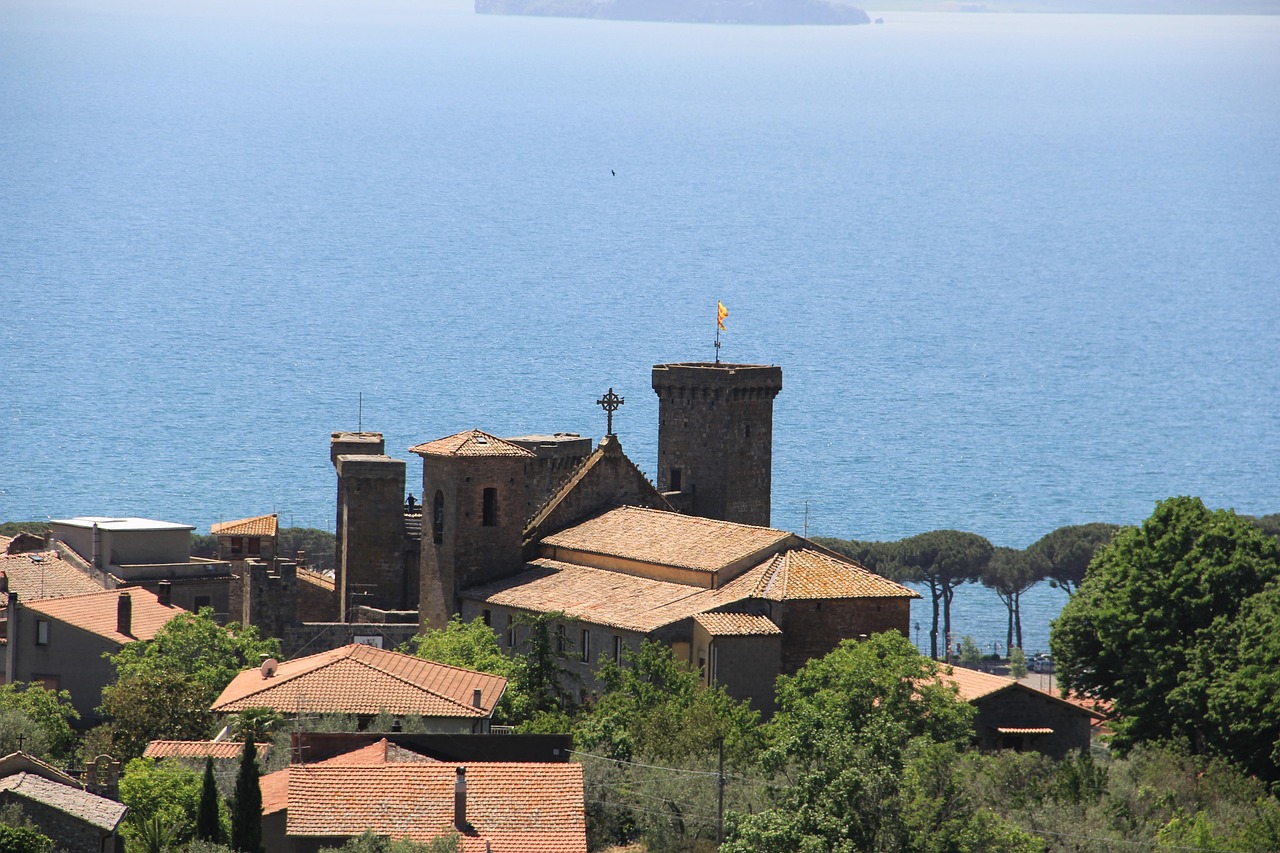
Local restaurants serve the lake’s famous coregone (whitefish) prepared according to traditional recipes. For the best views, I recommend driving the scenic roads that wind around the crater rim.
Culinary Delights and Local Eateries
The volcanic lakes near Rome offer not just stunning views but also an exceptional culinary experience that showcases the best of Lazio’s regional cuisine. Food here tells the story of centuries-old traditions while incorporating the bounty of these fertile volcanic lands.
Savoring Lazio’s Traditional Cuisine
When visiting the volcanic lakes outside Rome, I always make time for authentic Cacio e Pepe, a simple yet divine pasta dish that exemplifies local gastronomy. The creamy cheese sauce with black pepper perfectly represents the straightforward but flavorful approach of Lazio’s cuisine.

Local restaurants often serve traditional dishes using ingredients from nearby farms. Porchetta (savory roast pork) from the hills around Viterbo is a must-try specialty that I’ve found impossible to resist.
Fish from the volcanic lakes appears on many menus, typically grilled with local olive oil and herbs. My favorite preparation is the whole lake perch served with seasonal vegetables.

The trattorias in smaller towns offer the most authentic experience. Many family-run establishments have recipes passed down through generations.
Best Spots for a Lakeside Meal
Le Fratte Ignoranti in Castel Gandolfo provides one of my most memorable dining experiences. This restaurant combines exceptional food with breathtaking volcanic lake views. Perched above Lake Albano, the view is truly remarkable.
At Lake Bracciano, I discovered several charming eateries tucked along its shores. Chalet del Lago in Anguillara Sabazia stands out for its fresh fish dishes and panoramic setting.
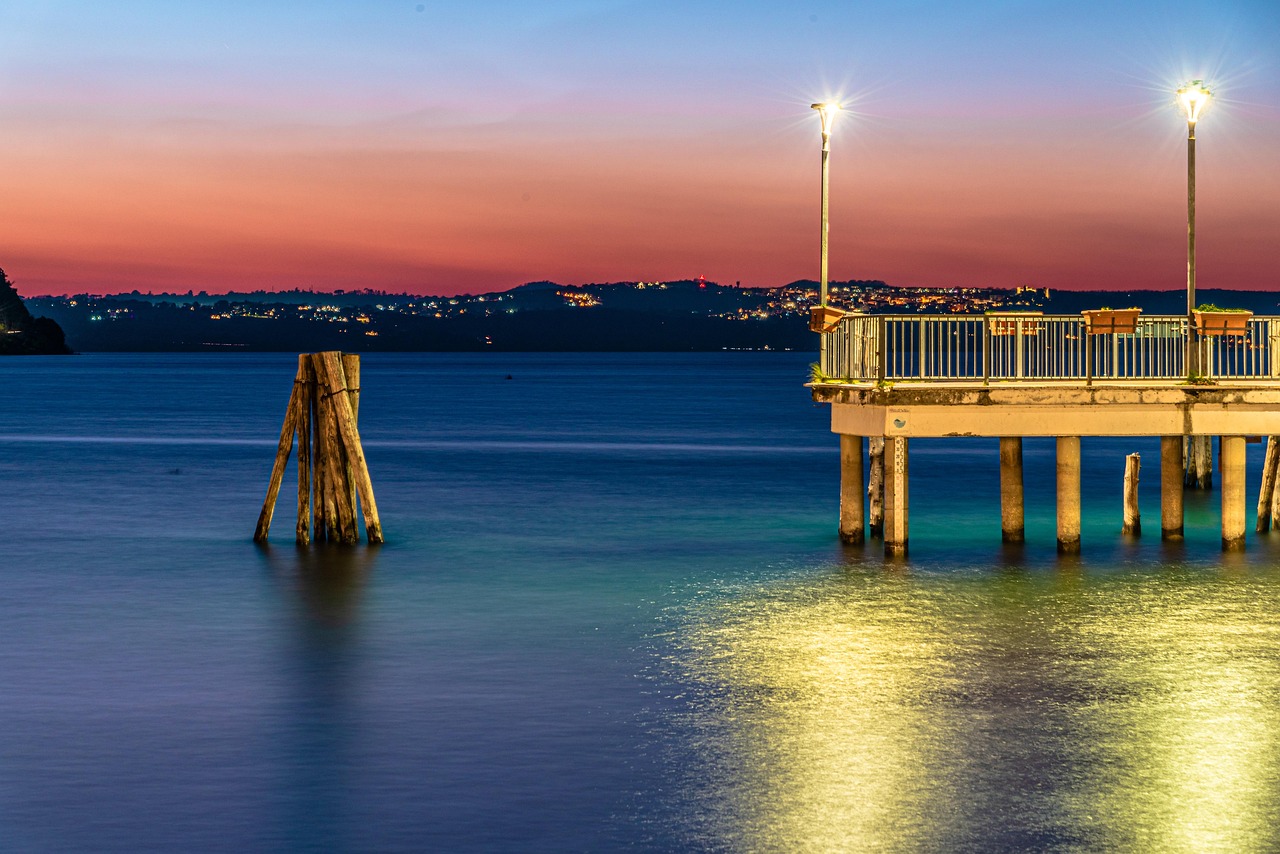
For a casual meal, the bars along both lakes serve simple but delicious panini and appetizers. I often stop for an aperitivo at sunset, when the volcanic waters reflect the changing colors of the sky.
The best restaurants fill quickly during summer weekends when Romans escape the city heat. I recommend making reservations at least a day in advance for lakeside tables.

